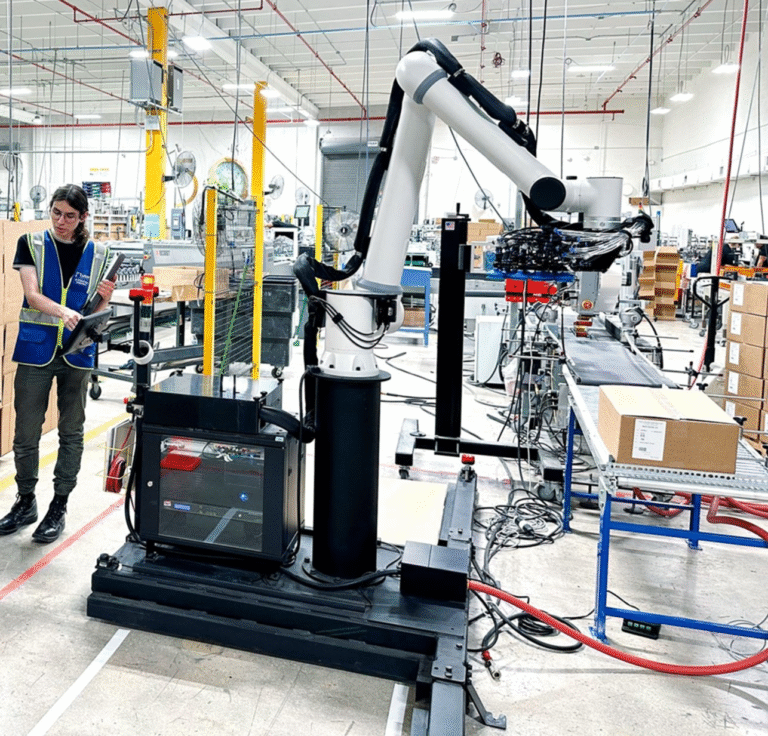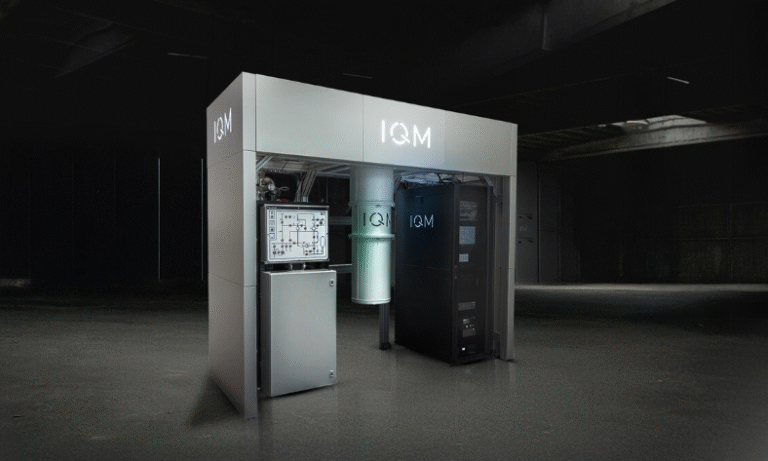Public key infrastructure (PKI) and digital certificates have long been essential for maintaining online trust, but the emergence of quantum computing is compelling organizations to reassess their certificate issuance and management strategies. As companies confront potential threats posed by quantum technology, hybrid certificates are gaining traction as a viable solution. This evolution raises critical questions: How can businesses differentiate between pure and hybrid certificates? What strategies will help maintain trust as quantum capabilities advance?
Jim Goodman, co-founder and chief technology officer of Crypto4A Technologies Inc., explains the distinction: “Typically, a pure certificate is characterized by a single signature element. This can take the form of either a composite signature or a single algorithm, such as an ML-DSA signature.” In contrast, hybrid certificates offer a flexible framework that embeds multiple signatures, allowing legacy systems to validate them effectively.
Hybrid digital certificates open the door to various use cases. While pure certificates depend on one composite signature requiring verifiers to process the specific cryptographic method chosen, hybrid models support both classical and post-quantum algorithms concurrently. According to Elgamal, this dual functionality enhances resilience and interoperability during the transition period, although it complicates deployment strategies.
“For service providers, accommodating all options is crucial,” Elgamal noted. “If they’re focused on internal applications, the shift to post-quantum certificates will be more straightforward. However, service providers need to support both types for an extended period to meet diverse customer requirements.”
The nature of PKI environments varies significantly. Internal applications, such as code signing and firmware validation, can quickly move to post-quantum certificates due to their controlled ecosystems. Conversely, external applications, particularly transport layer security, necessitate a focus on compatibility.
Organizations are now considering whether to maintain parallel PKIs—one classical and one post-quantum—or to implement hybrid structures that combine both approaches. This landscape is leading to the adoption of heterogeneous chains, encompassing stable algorithms alongside experimental ones. The real challenge, however, lies not in the cryptography itself but in executing a transition that preserves trust. Hollebeek highlights this dilemma: “Imagining a world where we could simply shut down the internet for a year to upgrade everything seems ideal, but the reality is that users would not tolerate such an interruption. We must ensure that both algorithms operate effectively during this transition.”
As businesses navigate the complexities of evolving PKI systems in a post-quantum era, hybrid certificates may well be the key to sustaining trust and security in digital interactions.






